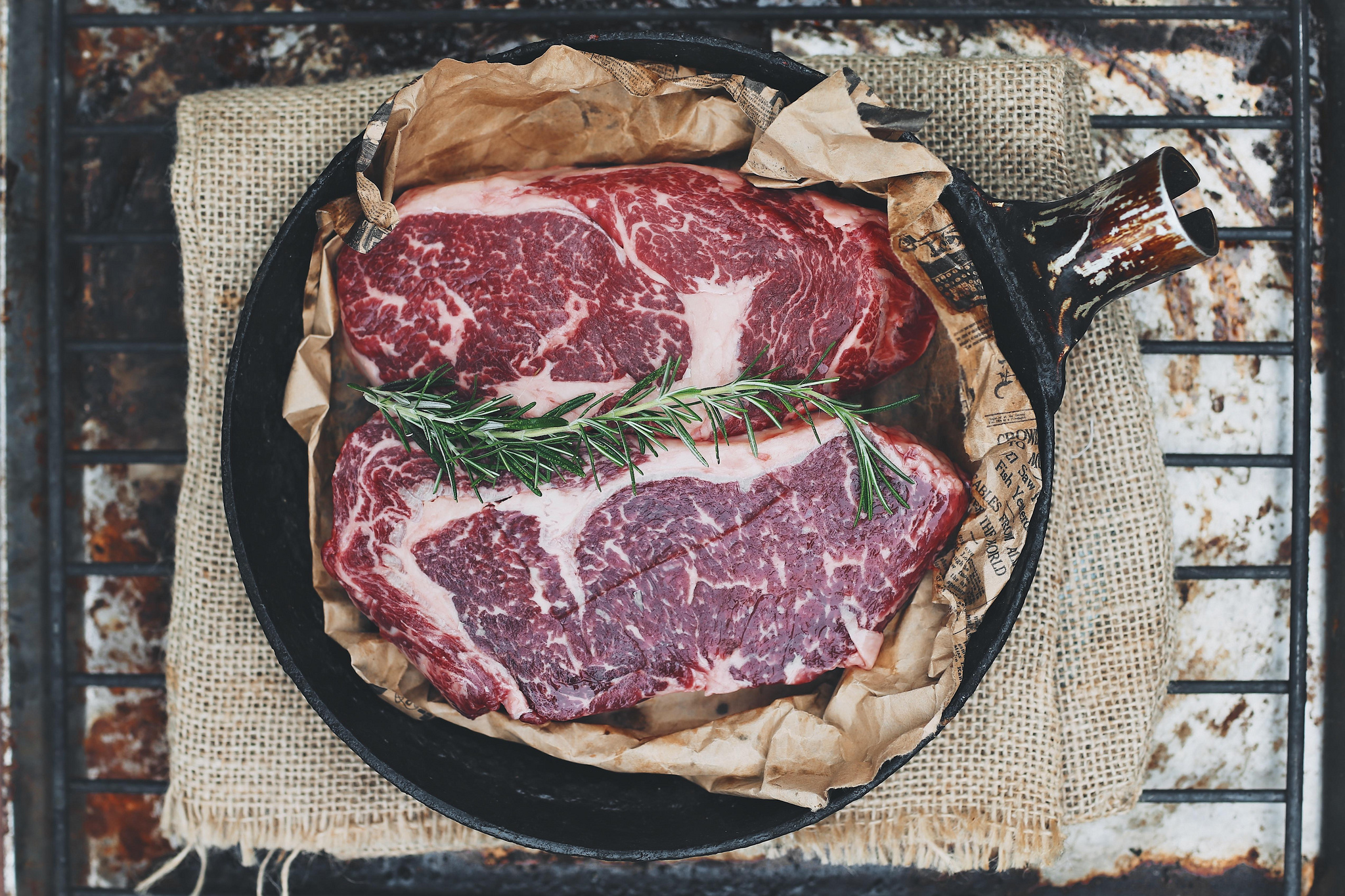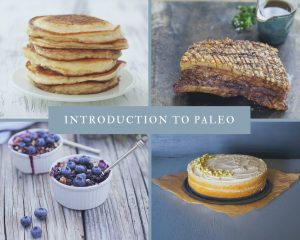This is a guest post by Peelham Farm. In its organic on-farm butchery, smoker and charcuterie facility the Peelham Family produces all the meat from its own livestock (grass reared beef, grass reared veal, lamb and mutton; free range pork) for its meat cuts and joints, and to make its organic charcuterie, salamis, sausages, burgers, bacon and hams which it supplies direct to you the consumer.
How To Cook The Perfect Steak
Cooking steak is a surprisingly delicate art, especially if you consider yourself a meat connoisseur. From the pan you use, to the preparatory work before it’s cooked, there’s a surprising number of factors which can make the all the difference in the preparation of a truly mouth-watering steak. Below are just some of the factors that you need to take into account.
What kind of steak?
This is an important consideration, and the jury’s out on what makes the best kind of steak. But if you’re a novice, and you’re looking to experiment with different cuts and textures, here are some of the most common.
Sirloin steak: This is usually considered to be an option with a lot of flavour and is best served medium rare. It’s a good choice if you’re thinking about cooking steak at home for the first time.
Fillet steak: Arguably the steak that is healthiest for you in terms of its minimal fat content; however fillet steak can also be quite expensive, so bear this in mind before you purchase. Fillet steak is best served rare.
Rib-eye: Before you shop around for rib-eye, there are two cuts you need to be aware of: boneless, which is the steak of choice if you’re opting to cook for one; rib-eye on the bone is better for larger meals. Rib-eye is generally best served medium.
T-Bone: This is a larger steak, so is best served for family meals or larger groups of people.
Tips for preparation
There are a number of different tips for preparing the steak prior to cooking it. Among the most notable are:
- A tip that comes straight from some of the finest Michelin starred New York and London steakhouses is to allow the steak to sit at room temperature before you start. The idea is to ensure that the surface of the steak is dry before cooking it, as this can help to avoid a “boiled meat” after taste when you finally get to eating it.
- Timing is everything when it comes to preparation. For example, if you are going to salt the steak before preparing it, it’s important to not do so too early, as this can draw too much moisture from the steak.
- Lightly brushing the steak with olive oil is also recommended to ensure it cooks well as soon as it hits the pan.
- Finally, you need to make sure that your frying pan is already at a high temperature before you start cooking.
(N.B. There is some debate over when to add salt. Some high profiles chefs, e.g. River Cottage’s Hugh Fearnley-Whittingstall both add salt half-way through the process. You can also dust your steak with something other than oil, e.g. butter, dripping or lard).
Cooking your steak
Assuming you’ve done all the necessary preparatory work, you should now be ready to cook your steak. There’s no single way of doing this, but it’s fair to say that steak is one of the simplest meal to get right.
- Coat the steak in olive oil/salt/butter/lard. (Again, if you want to add salt later in the process, then that’s fine too)
- Add the steak to an already hot pan. Depending on how well done you like your steak, you will need to cook the steak for up to 6 minutes (3 minutes either side if you wanted it really well done). It’s also worth bearing in mind that length of cooking time will also depend on the size and thickness of the steak.
- Turn the steak when good searing marks can be seen.
- Optional step: at this stage you can also add thyme, butter, or rub a clove of garlic over the steak for extra flavour.
- Leave the steak to stand for five minutes, season & serve.
Footnote: how long you should cook your steak (again depending on thickness)
Rare – 1.5 minutes
Medium rare – 2 minutes each side
Medium – 2.5 minutes each side.
Medium-well done – up to 3 minutes each side.






You must be logged in to post a comment.